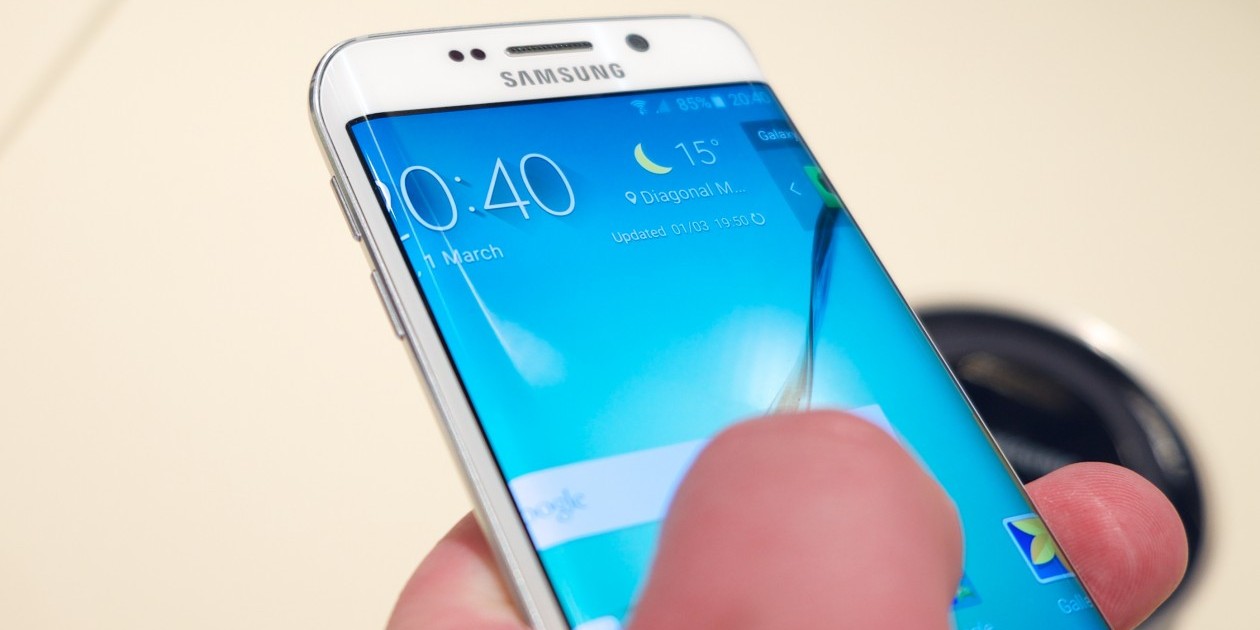Canadians continue to ditch cash at the checkout in favour of credit or debit cards and (to a lesser extent) mobile payments.
According to GfK’s annual FutureBuy study, which surveyed 1,000 Canadians as part of a global study on shopping behaviours, just 25% of all payment transactions in 2015 were in cash, down 2% from 2014.
Credit cards accounted for 42% of all payment transactions (unchanged from last year), debit cards increased 1% to 28% of all transactions, and mobile payments, which have been slow to take off in Canada, grew from 2% to 3%.
“There’s been a little uptick in the use of mobile payments… and it’s going to increase every year now,” said Stephen Popeil, vice-president at GfK Canada, a consumer research firm based in Toronto. The uptake will largely be among millennials and younger Canadians, he added. “The digital natives are so used to do everything with their mobile phone, that it’s going to be more of a concern when they can’t do it, than when they can.”
According to the research, mobile payments skew to younger and higher income Canadians, urban dwellers and those with a higher education. However, interest in mobile payments among older cohorts is increasing. In the survey, 16% of boomers agreed they look forward to being able to pay for more transactions from their mobile device compared to 11% last year, and 11% of the silent generation agreed, up from 5% last year. For all Canadians, the number who agreed was 28%, up from 26% in 2014.
While usage is still low, the perception of mobile payments’ utility is gaining ground. In 2015, 24% of Canadians agreed mobile payments were easier compared to 21% in 2014. More people also agreed it was faster (27% vs. 24%), a major convenience (26% vs. 21%), and “how [they] pay whenever possible” (17% vs. 15%). The number of Canadians who agreed mobile payments were more efficient (22%) is unchanged from last year.
In terms of mobile payment platforms, PayPal dominates. Among respondents who have made a mobile payment in the past six months, 65% have used PayPal. Starbucks is second at 12%, followed by Google Wallet (5%), Visa (2%), Masterpass (2%) and Apple Pay (2%).
The Starbucks app has strong usage because of its widespread availability, but also because of the nature of the transaction, said Popeil. “If you get hacked in your Starbucks app, [the hackers] know you have a latte on Tuesday and they can get a little bit of your coffee money. They don’t get access to your entire bank account,” he said. “And that’s what’s driving the strong use of PayPal as well… You’re moving money to your PayPal account and then using it.”
Popeil believes mobile payment adoption will grow as services such as Google Wallet and Apple Pay become more widely available. In Canada, Apple Pay currently only works with cards issued by American Express.
Security remains a big concern for Canadians, though they are showing slightly greater trust compared to last year. More than half of respondents (53%) agreed they were worried about their personal information when using a mobile payment app, down from 55% in 2014. Twenty-two percent agreed they were confident their mobile device payments are 100% secure, up from 19%.











